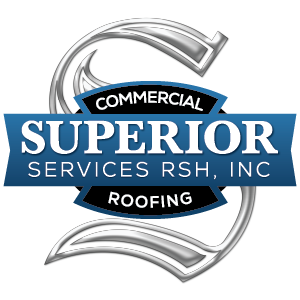7 Things to Consider Before Flat Roof Replacement
Replacing a flat roof is a big investment in your home or commercial building. This is why it’s important to consider the right away so that you can make an informed decision. Below, you will find our list of the 7 things you should consider before replacing your flat roof. For more information, we recommend you consult with an experienced flat roof installation contractor in your area.
1.) COST OF REPAIR VERSUS REPLACEMENT
As a homeowner or commercial building owner, you will have to weigh the pros and cons of repairing a failing roof or investing in roof replacement. To determine if your flat roof is worth saving, we recommend you consult with a reputable flat roofing installation company. With a flat roof inspection they will be able to provide estimates for roof repair.
While a patch may be less expensive in the short term, a failing roof will only get worse over time. Replacing your flat roof has a significant up-front cost, but also protects your home or business from water or structural damage.
2.) ROOF DRAINAGE
When’s the last time you had your flat roof’s gutters, downspouts, scuppers and internal drains inspected? can result in rainwater sitting on top of your roof to cause water damage.
When water is trapped on your roof it will seep through to stain ceilings or even encourage mold and mildew growth in your walls. If your flat roof wasn’t set up for proper drainage, you need to call a licensed flat roof installation company as soon as possible.
3.) SLOPE
It’s important to understand that “flat” roofs aren’t entirely flat. Otherwise, you would have a lot of water sitting on top of your roof. Flat roofs are designed to have slight slopes that allow rainwater to flow safety from your roof to the ground via a drainage system.
If a flat roof isn’t sloped enough, it could result in more serious leaks when water is pooled on the roof. This is a legitimate concern because flat roofs are more vulnerable to leaks than other .
4.) R-VALUE
Your or heat resistance determines how much money you pay to heat and cool your home or commercial building. For example, dark-colored flat roofs absorb sunlight and make it harder to cool buildings efficiently. For your next flat roof installation, you want a flat roof with a high R-value, which will increase your building’s insulation.
5.) ROOF DECK CONDITION
Your flat roof is structurally supported by the roof deck. This means that it’s important to make sure your current roof deck is in good condition. There’s no point in investing in a new flat roof system if it won’t be structurally sound.
You should consider if you notice the following:
- Damage
- Corrosion
- Separation
- Water ponds
6.) WIND
The edges of your flat roof are most vulnerable to wind damage. This is because when the wind blows across your flat roof, positive pressure (a pushing force) is exerted along the roof edges or corners. If a flat roof isn’t properly secured, this could result in peeling and roofing materials (such as shingles) starting to shift.
7.) STRUCTURAL LOADS
Imagine an elephant sitting on top of your roof. With all the extra weight, you’d be worried about structural damage to your building. Likewise, you should also pay attention to the structural load of your flat roof. For example, a ballasted roofing system might not be appropriate for your home or commercial building if it’s heavier than your old flat roof.
If you are interested in our flat roof replacement service, please feel free to give us a call at (800) 843-6561. The Lansing flat roof installers at Superior Services work hard to help homeowners and business owners maintain the appearance and condition of flat roofs.
